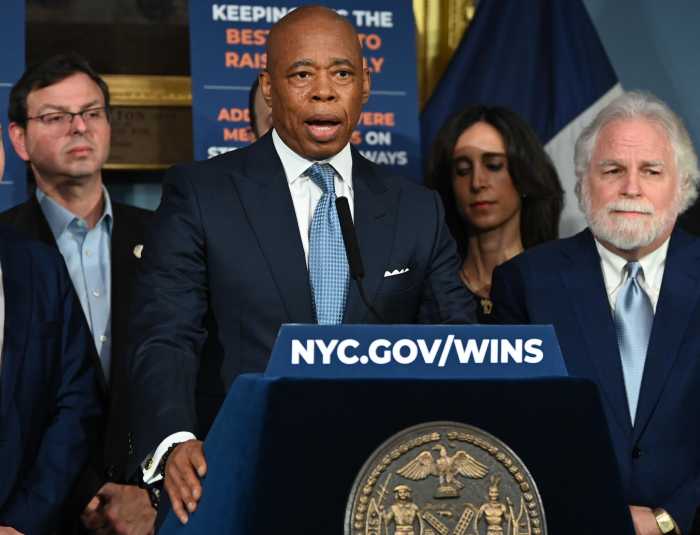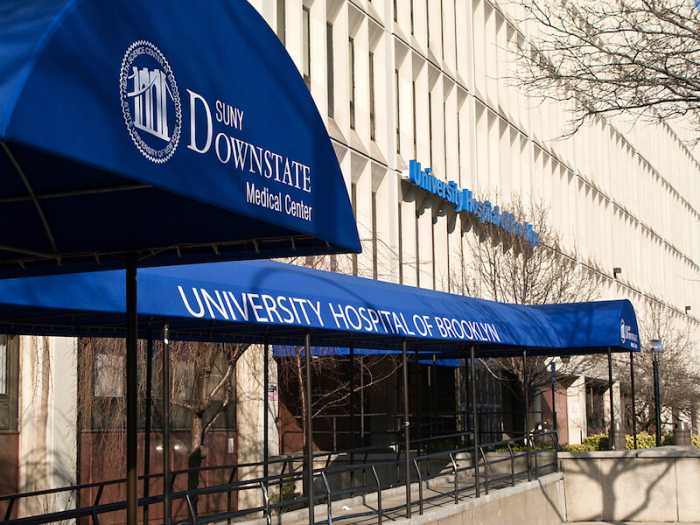
Tuesday is primary election day in New York. If you are asking: Wait, didn’t we just have a primary election in June? You’re right.
Unlike most states, this year New York is holding not just one but two separate primary elections — one for federal offices in late June and another Sept. 9 for state offices.
At least it’s not as bad as in 2012 when the state held three separate primaries — presidential, congressional, and state and local races. If you think this is common, think again. Most states ask voters to vote in primary elections once for the obvious reason: Multiple primaries are expensive and they depress turnout.
Why then does New York ask more of its voters? Very simply because following a federal court judge’s ruling that congressional primaries be held in late June our representatives in Albany have been unable to agree on a consolidated primary date. By some estimates, the cost of their inability to agree is an astounding $50 million. But setting aside even the economic impact of holding separate primaries, there is another more important cost — turnout.
Turnout in New York has been well below the national average for more than 30 years. During the last midterm election, for instance, New York ranked dead last in turnout, just below Texas and Utah. And let’s not forget that was in the general election; turnout in primaries is always much lower than it is in general elections.
As Melissa Tiberio, associate counsel at the New York State Association of Counties, writes: “New York State has long struggled with some of the lowest voter turnout rates in the county.
In 2012, New York State ranked 44th among all states (and the District of Columbia) in voter turnout. Only 53.2% of eligible New York voters cast a ballot . . . This dismal voter-turnout pattern has been the case in New York for the last several election cycles. Going as far back as the 1980 presidential election, New York’s voter turnout seldom matched the national average.”
Reformers advocate a number of changes to increase turnout in New York including same-day registration, early voting, better poll workers and more polling sites. These changes make sense. But one of the easiest and most immediate things New York can do to increase turnout is to consolidate its primaries. Why ask New Yorkers to go to the polls multiple times for various offices? Why not follow the practice of other states that have consolidated their primaries? To their credit, Assembly and Senate Democrats for years have tried to move state and local primaries so they align with a federal court ruling that congressional primaries be held in late June. To date, their efforts have been thwarted largely by Senate Republicans and members of the Independent Democratic Conference.
Americans, and New Yorkers in particular, get a bad rap for not turning out in larger numbers during elections. The truth is, we are asked to go to the polls more often than most of our counterparts in the United States and abroad. If we are serious about turning out the vote, a good first step would be to consolidate our primaries on one date. It would not only save money but also increase turnout. It would be interesting to hear anyone argue publicly against such a move.
In the meantime, we are waiting to see what turnout is in New York’s second primary election of the year. Chances are it will be low, historically and pathetically low, due to Albany’s inability to get its act together.
Jeanne Zaino is professor of political science at Iona College and of political campaign management at New York University.




































